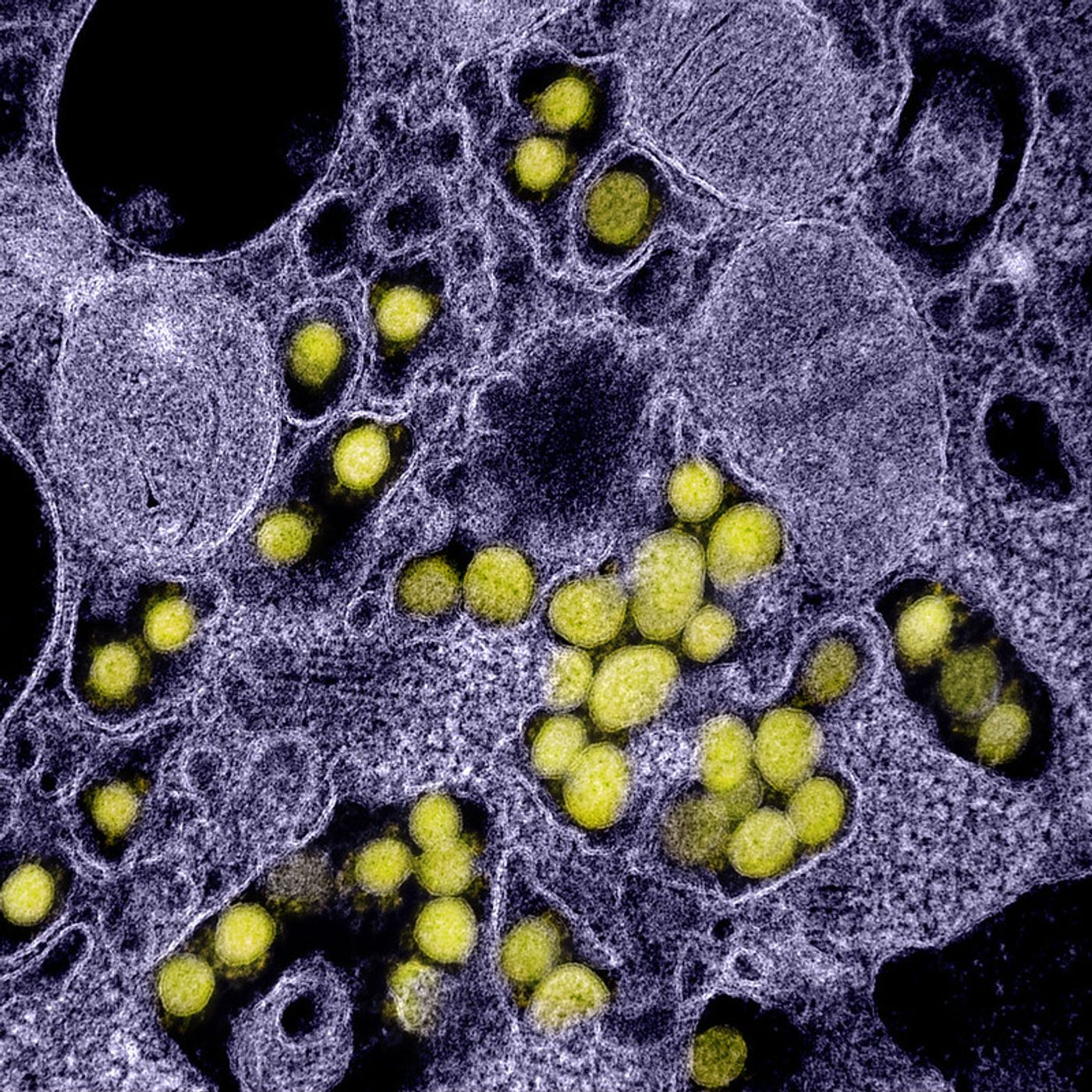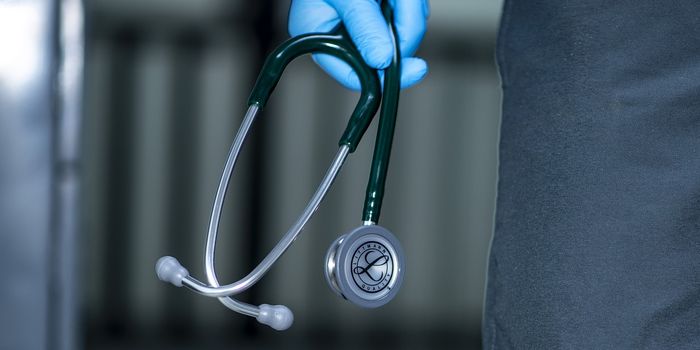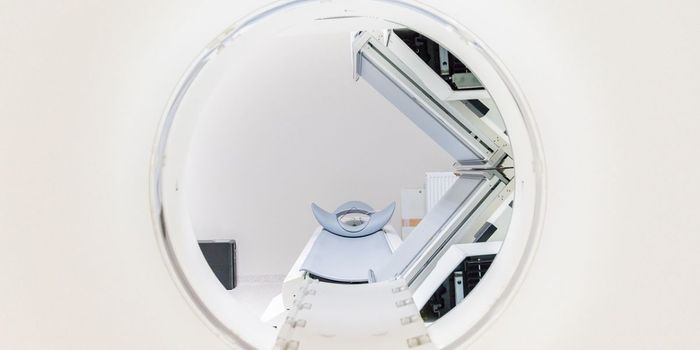Rapid, Efficient COVID-19 Diagnostic Method Relies on Magnetic Beads
The pandemic virus SARS-CoV-2 has spread widely, and a lack of testing has been a serious problem for officials that are trying to get a handle on the disease and reopen states. We know that the virus causes an illness called COVID-19 in some of the people that are infected, but in many cases, no symptoms are present even though a person is infected and contagious. This has helped contribute to the spread of the disease (explained in the video below), since testing has been limited mostly to just symptomatic people.
We know how to diagnose a viral infection when we know the genomic sequence of the virus, and we have that information for SARS-CoV-2; the most straightforward way to test for it is to look for the genomic material from the virus in a patient sample. In the case of SARS-CoV-2, the genome is made of RNA. A method called PCR can be used to detect the viral genome by amplifying it with short strands of DNA that match the viral genome sequence. But in order to do that, RNA must first be extracted from the sample that is being tested, like a tube of patient blood.
RNA extraction can be accomplished relatively quickly in a typical molecular laboratory using either chemical extraction methods that require a special reagent, or by passing the sample through a column, which is then treated with reagents to purify the RNA before it is released from the column. But to address the pandemic, tens of millions of tests are now needed, creating a major bottleneck.
Researchers at Cima Universidad de Navarra have now found a way around this problem. They engineered a test that uses magnetic beads to rapidly pull the RNA out of a sample.
"Normally, commercial test kits require a manual extraction procedure, based on the use of columns and centrifuges. With our system, the extraction of RNA is done on 96-well plate samples. No centrifugation is needed because we use magnetic beads that bind RNA. That allows researchers to use a magnet that draws the beads to the side of the tube and quickly purifies the RNA from many samples automatically," explained Dr. Lara-Astiaso, director of the Genomics Unit at Cima Universidad de Navarra.
This RNA can then be used to generate a template that is used in a diagnostic PCR reaction. This method can detect both symptomatic and asymptomatic cases, which can help in addressing hotspots that arise after the first wave of the pandemic has subsided.
The diagnostic pipeline created by Cima researchers is highly sensitive, efficient, and can be used on a large scale. RNA can be extracted from many samples in parallel, and the scientists report that the sensitivity of the test in detecting asymptomatic infections is over 95 percent. The protocol has been made freely available. The method is also used in a PCR reaction that is quantitative (known as qRT-PCR), which can also reveal the level of viral particles in a sample. The researchers were able to process 384 samples in about two hours.
We still don't know whether people that recover from an infection will be immune to future infections. "We have to ensure that large populations can be tested using PCR high-efficiency platforms like ours. This is a crucial element to prevent a re-emergence or second wave of COVID," said Dr. Josepmaría Argemí, a researcher at Cima and a Hepatology specialist at Clinica Universidad de Navarra.
"A team of four Cima scientists can currently analyze 1,920 samples a day, but these numbers can be scaled based on the available PCR machines and with only a few more staff. Another great advantage of this process is that the amount of reagents used is lower than the usual COVID detection protocols," added Argemí.
Sources: AAAS/Eurekalert! Via Universidad de Navarra









